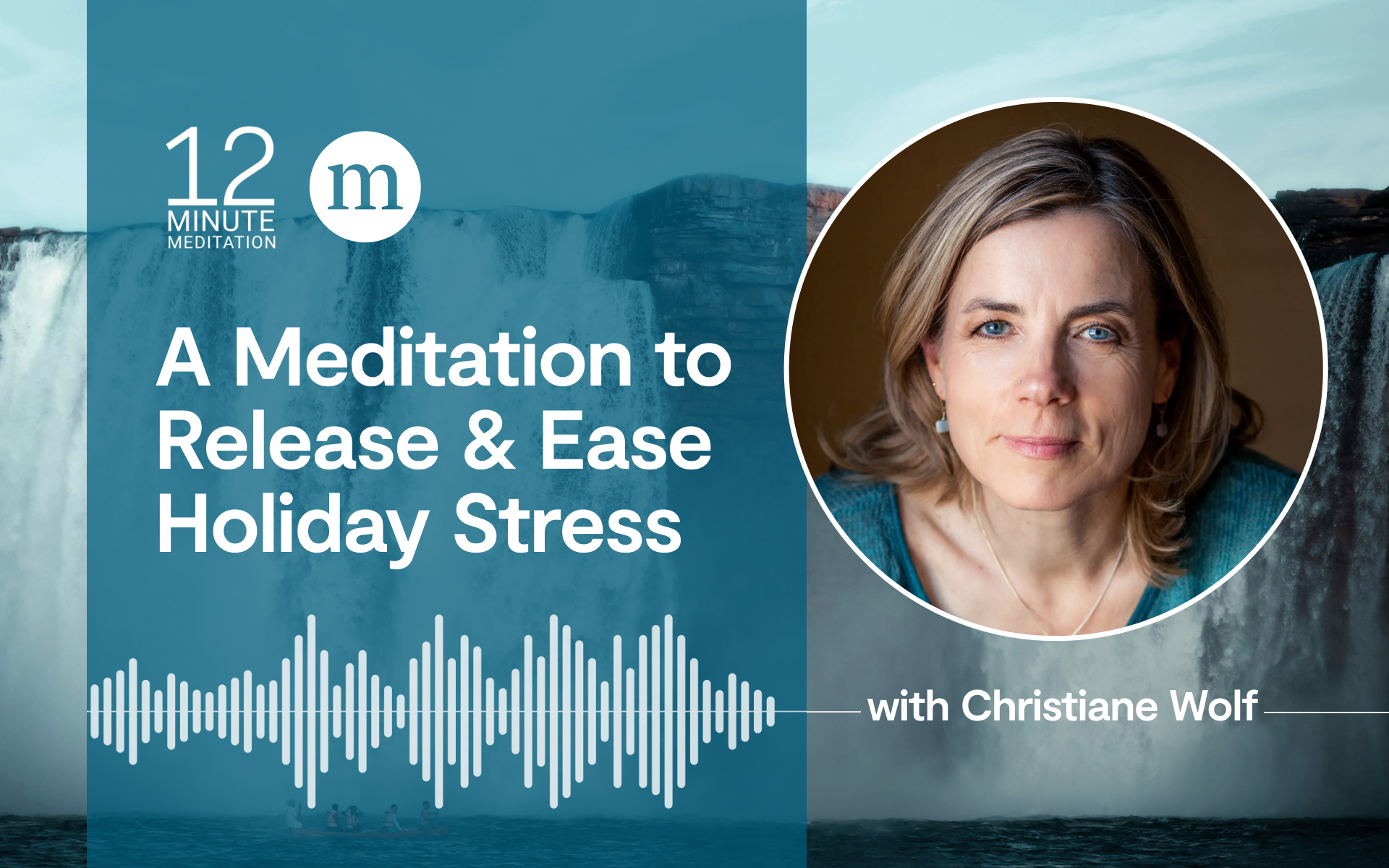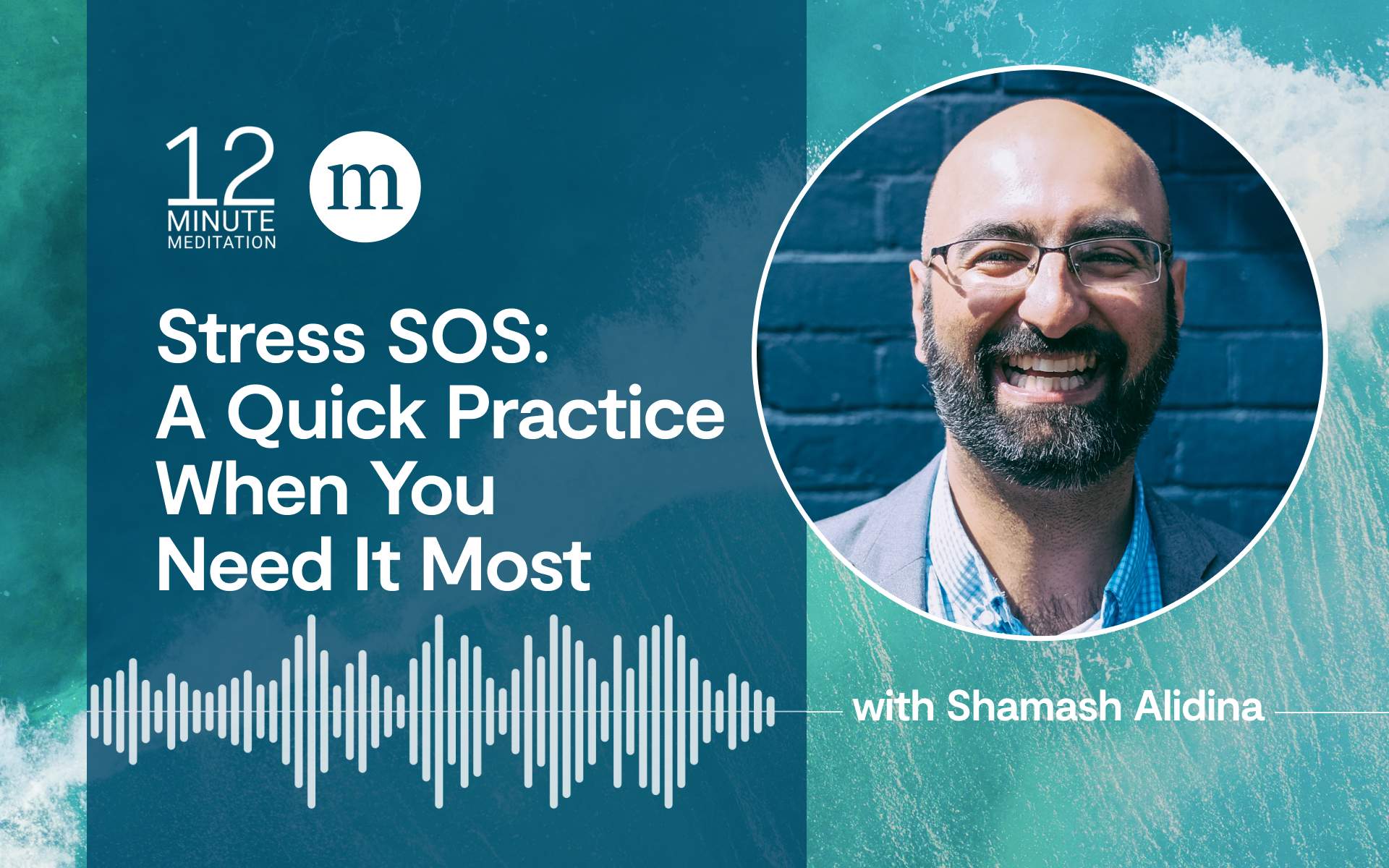As a longtime meditator, I thought I had a pretty good grasp of the value of taking time to pause during a busy day in a formal, intentional way — aka, meditating.
Taking a step back from the rush of activity held demonstrable value giving a bit of breathing room to make more deliberate and well-thought-out choices. This fit well as a counter to my misguided identification as a busy person when the realities of being constantly on the go had solidified into a self identification I was proud of, and even craved.
It was something I noticed in others, too: with meetings booked back-to-back, four or five in a row, many of my co-workers opened meetings with a statement about having a hard stop or having to leave early for… another meeting. All of this was a clear and present validation of how in demand we were, and that itself encouraged us to remain in a constant state of doing. Pausing provided the necessary break to that unhealthy cycle of rushed activity and failed attempts to multitask.
I was wrong. Not about having a pause, but rather how I was approaching it.
Although formal mindfulness meditation practice can have a profound effect on one’s health, outlook, and performance, it can be tricky to follow through if every time you try to meditate the thought arises: “I should be accomplishing something, right now!” That can be a quite visceral de-motivator, too, as both physical sensations and emotional states may come along for the ride and build pressure to not meditate unless conditions are just right.
How often do you feel you have plenty of time to “just sit” during your busy day, without a laundry list of tasks to pull you away? If you’re like me, not very often, and you may notice that as you complete three tasks, five more fill the void, making it difficult to defend that time for mindfulness practice you may have carved out from the busyness. Knowing the value it brings often loses out to other demands on our time, and being able to live a life of enrichment.
The Solution? Mindful Moments v. Meditating
My solution had been to introduce a simple pause many times throughout the day. Rather than having an “inflexible” 30 minutes for a formal meditation session — and then not keeping it because of other priorities — just taking a few moments to pause, and liberally sprinkling those moments throughout my day, was the perfect solution.
Until it wasn’t.
Though pausing did stop the flow of busyness, after that pause I jumped right back into the maelstrom. Pausing was like stepping off a moving train for a few moments and then jumping right back on it again. The pause helped in those brief moments after, sometimes just for a few beats of my heart and mindful breaths, before I was lost again to my Busy Person identity. There were some positive effects reverberating from the pause, but much of the stability gained was lost in mere moments.
Rather than inviting pauses into my day to refresh and re-energize what was happening around and inside, I was using them to take a break and distance myself from it. This is completely the opposite of what mindfulness practice is for.
Noticing this was itself a startling realization. It made me question if this was really “working” for me. And that’s when the next more subtle but vastly more profound realization entered the scene: I’d set up a practice of pausing as a stop-gap measure, a trick that I trotted out when stressed or in special circumstances, and as such had confined it to those limited situations. Rather than inviting pauses into my day to refresh and re-energize what was happening around and inside, I was using them to take a break and distance myself from it. This is completely the opposite of what mindfulness practice is for.
So how can you really open up the power of pauses? Here are a few ideas to explore in your own informal practice:
3 Ways to Boost Your Mindful Pauses
- Shift Your Focus. Thinking of pause practice as a gimmick, trick, or technique to use only in specific moments is setting up confining boundaries in conflict with how it might help you. When you start an intentional mindful pause, you may want to evoke the companion of curiosity by noticing if this pause is a distancing break, or opens you to the intimacy of presence. Far from closing off, this intimacy is wide and deep, lending a perspective that can be wonderfully and helpfully informative. Deciding to pause as a separate and additional task to perform is doing a disservice to yourself, like deciding to only breathe in between meetings. Instead, integrate mindful pauses into your day to foster greater presence — as Jon Kabat-Zinn says, “The real practice is your life.”
- Get curious. Allowing curiosity to be your companion can counter a tendency to be closed to seeing circumstances with fresh eyes. Invite gentle curiosity with brief, silent questions about your perspective, like: Am I really listening right now? What preconceive notions do I have that might be getting in the way? or one of my favorite questions, What is my intention in this moment? Pausing for reflection with curiosity and kindness toward yourself and others can be challenging, as the answers that echo back to us in the pause may be hard to face – but they are almost always helpful if we can meet those answers honestly and openly.
- Manage Expectations. Meditation practice is not a straight line of building calm, it can and does quite often include facing difficulties and hard truths about yourself and the situations you’re in. Each day and sometimes each moment are very different from one another, and setting a bar of perfect performance as a meditator during the chaos of life is setting up for failure. Accepting patience as a friend on the sometimes tumultuous exploration of this moment can help reduce unhelpful judgment about not meeting a meditation goal, and foster resilience during uncomfortable and quick changes to what’s happening in practice.








